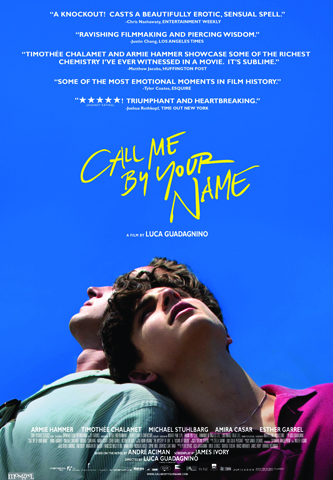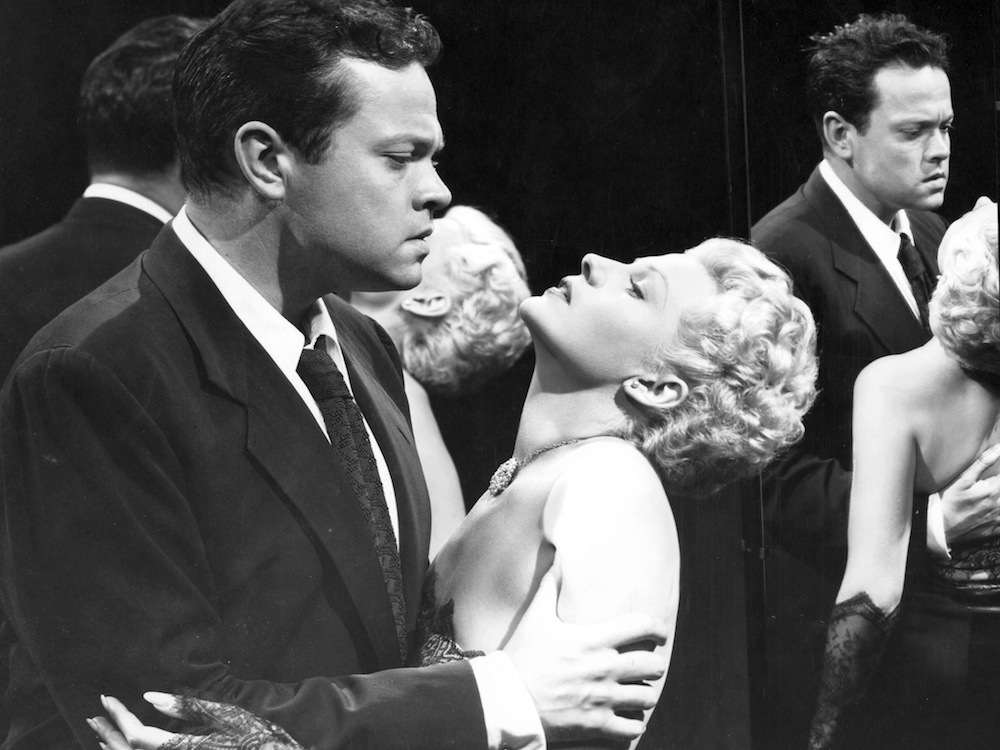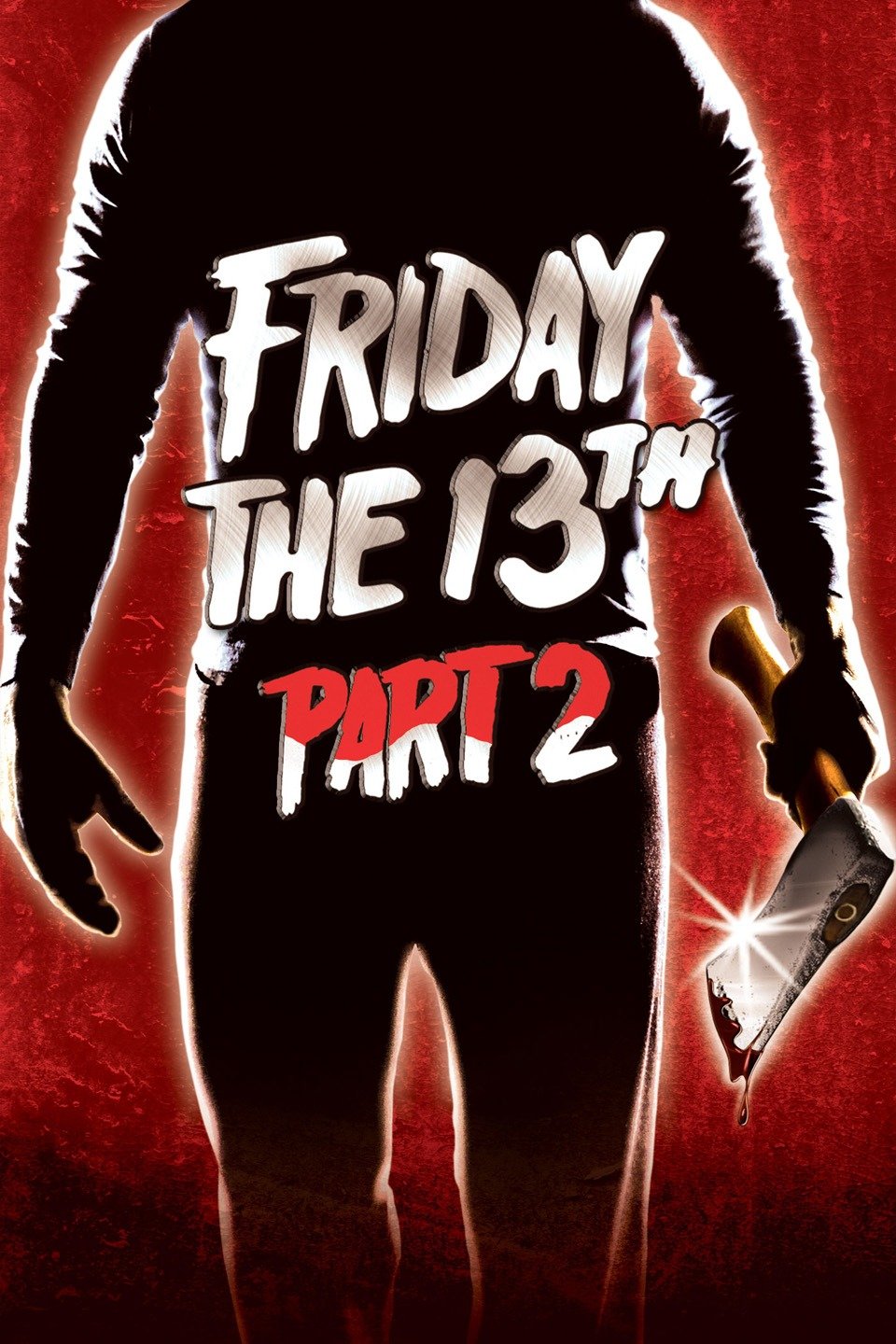Hypothesis: How have representations of LBGTQ characters on screen changed over time in coming of age films?
Films: Call me by your Name [Guadagnino, 2018],

Rebel Without a Cause [Ray, 1955]

Hypothesis: How have representations of LBGTQ characters on screen changed over time in coming of age films?
Films: Call me by your Name [Guadagnino, 2018],

Rebel Without a Cause [Ray, 1955]

| Title | Form | Harvard Reference | Link | Last Accessed |
| 1) | Film | Empire of the Sun. (1987). [Film] America: Warner Bros. | Empire of the Sun (Spielberg, 1987) | N/A |
| 2) | Film | Grave of the Fireflies. (1988). [Film] Japan: Toho Co., Ltd. | Grave of the Fireflies (Takahata, 1988) | N/A |
| 3 | Book | Dixon, M. (2020). Media theory for A level the essential revision guide. London New York Routledge Taylor & Francis Group. | Media Theory for A Level | N/A |
| 4) | Article | Ballard, J.G. (2006). JG Ballard looks back at Empire. The Guardian. [online] 4 Mar. Available at: https://www.theguardian.com/books/2006/mar/04/fiction.film. | https://www.theguardian.com/books/2006/mar/04/fiction.film | 14/03/2023 |
| 5) | Book | Hall, S., Hobson, D., Lowe, A. and Willis, P. (2003). Culture, Media, Language. Routledge. | https://www.taylorfrancis.com/chapters/edit/10.4324/9780203381182-18/encoding-decoding-stuart-hall | N/A |
| 6) | Article | Dinning, R. (2019). The WW2 obsession: why the world can’t move on from 1945. [online] HistoryExtra. Available at: https://www.historyextra.com/period/second-world-war/why-cant-we-escape-the-grip-of-the-second-world-war-two-obsession/. | https://www.historyextra.com/period/second-world-war/why-cant-we-escape-the-grip-of-the-second-world-war-two-obsession/ | 24/05/2022 |
| 7) | Article | Macinnes, D.T. (2011). Ghibli Blog: Studio Ghibli, Animation and the Movies: Animerica Interviews Isao Takahata and Akiyuki Nosaka. [online] Ghibli Blog. Available at: http://ghiblicon.blogspot.com/2011/04/animerica-interviews-isao-takahata-and.html. | http://ghiblicon.blogspot.com/2011/04/animerica-interviews-isao-takahata-and.html | 14/03/2023 |
| 8) | Article | Langworth, R.M. (2017). https://richardlangworth.com/optimist-and-pessimists-churchill-quote. [online] Richard M. Langworth. Available at: https://richardlangworth.com/optimist-pessimists [Accessed 14 Mar. 2023]. | https://richardlangworth.com/optimist-pessimists | 14/03/2023 |
| 9) | Book | Motohisa Yamakage, Paul De Leeuw and Aidan Rankin (2012). The essence of Shinto : Japan’s spiritual heart. New York: Kodansha Usa. | https://archive.org/details/theessenceofshintomotohisayamakage/page/n231/mode/2up?q=imperial | 14/03/2023 |
| 10) |
How are women represented in Period Drama from different cultures?

![Little Women - Greta Gerwig [DVD] - Golden Discs](https://cdn.shopify.com/s/files/1/2036/5517/products/81jfAOHqaPL._AC_SL1500_2000x.jpg?v=1604421016)
American Cinema/American Culture, John Belton:
Belton writes, “film noir grapples, as Robert Porfirio suggests, with existential issues such as the futility of individual action; the alienation, loneliness, and isolation of the individual in industrialized, mass society; the problematic choice between being and nothingness; the absurdity, meaninglessness, and purposelessness of life; and the arbitrariness of social justice, which results in individual despair, leading to chaos, violence, and paranoia.”
Camera:
Narrative:
Camera:
Narrative:
References:
JMR – Defining Film noir
Britannica – Characteristics of film noir
Taste of Cinema – Reasons why sin city is a neo-noir classic
A level film fact sheet (WJEC) – Lady from Shanghai
Ben – How have representations of mental illness on film changed over time using the films Lust For Life (Minelli 1956) and A Beautiful Mind ( Howard, 2001)?
Molly – How do the films Guns of Navarone (1961) and Dunkirk (2017) demonstrate how the war genre has changed over time?
Hannah – How have narrative interpretations of Joseph Campbell’s monomyth changed over time using the films Kubo and the Two Strings and The Hidden Fortress?
Kirsty – How have representations of women in the Coming of Age Genre changed over time using the the films Rebel Without a Cause and Ladybird?
Cameron – How are children represented in war films from different cultures. Using the films Grave of the Fireflies (1988, Japan) and Empire of the Sun (1987, USA)
Matilde – How have representations of LBGTQ characters on screen changed over time? Using the films Call me by your Name 2018 Rebel Without a Cause 1955
Luke – How has the Film Noir subgenre changed over time using the films Sin City Frank Miller, Robert Rodriguez (2005) and Lady from Shanghai (Welles, 1947)
Misty – How are the social underclass represented in different cultures using the films La Haine Kassovitz (1995) Slumdog Millionaire Boyle 2008
Phoebe – How the folk horror sub genre has changed over time using the films Midsommer (Aster, 2019) and The Wicker Man ( Hardy,1973)
Ruby- how are women represented in Period Drama from different cultures (Feminism) using the films Portrait of a Lady on Fire (France, 2019) Little Women (2019, US) ?
Jack – How has female representation in horror films changed over time? Using the films Friday the 13TH Part 2 1981 (Miner,US) and The Cabin in the Woods 2011 (Goddard, US) ?
Bryna- To what extent can films be said to offer an insight into the collective unconscious of their times? Using the films Fight Club and US.
Kai- How have techniques of montage evolved over time? Using the films Strike (Eisenstein,1925 USSR) and Dunkirk (Nolan ,2017 US)
Tom – How does the Serial Killer SubGenre change when applied to different cultural contexts? Using the films Zodiac (Fincher 2007 US ) Memories of Murder (Bong Joon Ho 2004 Korea)
Liberty – How does the social thriller genre differ across cultures using Parasite (South Korea, 2019) and Get Out (US, 2017)?
Olivia- How is the male gaze used in the films Vertigo (1958, Hitchcock,1958 US) and Basic Instinct ( Verhoeven,1992 US)?
Classic Noir: “The Lady from Shanghai – 1947”

Contemporary Noir: “Sin City – 2005”

 |  |
Genres: Horror
Question: How has female representation in horror films changed over time? Using the films Friday the 13TH Part 2 1981 (Miner,US) and The Cabin in the Woods 2011 (Goddard, US) ?
| area of film focus | film 1 | film 2 | possible thesis |
| marxist theory | american history x (1998, tony kaye | la haine (1995, mathieu kassovitz ) | violence in youth in america vs france |
Q. How does the ‘Serial Killer’ subgenre change when applied to different cultural contexts, shown with ‘Zodiac‘ (David Fincher, 2007) and ‘Memories of Murder‘ (Bong Joon-ho, 2003)?

Frame of Reference – The context within which you have placed the two things you plan to compare and contrast, which may consist of an idea, theme, question, problem, or theory.
Grounds for Comparison – The reasoning behind your choice that lets your reader know why your choice is deliberate and meaningful, not random.
Thesis – Depends on how the two things you’ve chosen to compare relate to one another; do they extend, corroborate, complicate, contradict, correct, or debate one another?
There are two basic ways to organise the body of your essay:
Text-By-Text – Discuss all of ‘Film A’, then all of ‘Film B’.
Point-By-Point – Alternate points about ‘Film A’ with comparable points about ‘Film B’.
All argumentative essays require you to link each point in the argument back to the thesis. Without such links, your reader will be unable to see how new sections logically and systematically advance your argument.
– A summary of the main points in your argument.
– Should be kept short and sweet.
– More of a round-up than an evaluation.
| CRITERIA: – Provide a credible justification for the choice of task components. – Support your comparative study with accurate film vocabulary. – Demonstrate knowledge and understanding of the task components and the cultural context of the two selected films. – Support your work with a suitable range of relevant sources. – Compare and contrast the selected films, making links to the chosen topic. – Provide an equal treatment of the two films selected for study. |